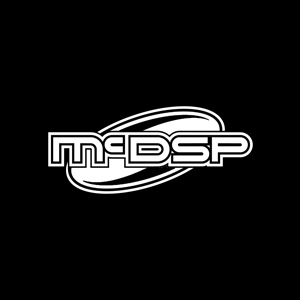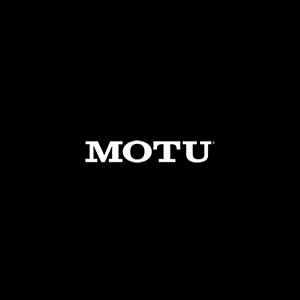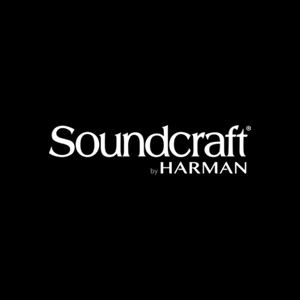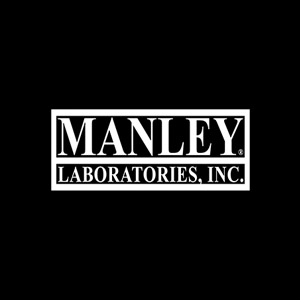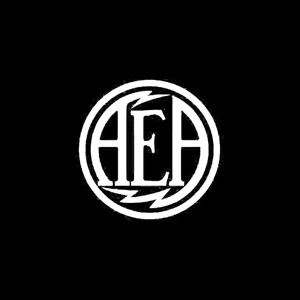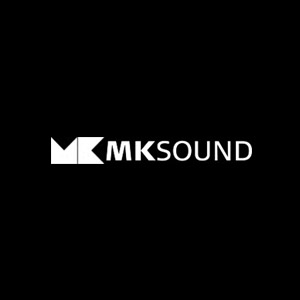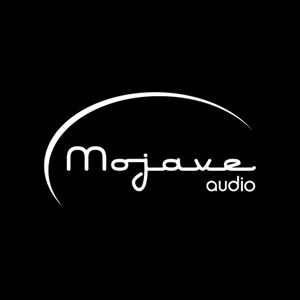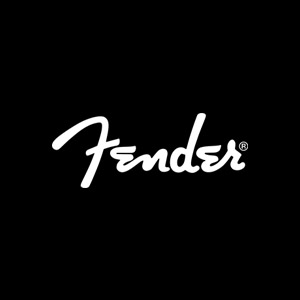Darrell Thorp, Multi-Grammy Award Winning Engineer, and CRAS Alumni, chats about Foo Fighters’ ‘Medicine At Midnight,’ in a 5 part series. This is what it’s all about!
—
Dave Grohl and Foo Fighters always try out new ways to make a record, and the band’s latest, Medicine at Midnight, is no exception. Kicking off our five-part series, Dave records some home demos…and then stays there.
House band. The term conjures up images of a group comfortably playing in familiar surroundings, in the middle of a well-loved set. Foo Fighters’ newest album, Medicine at Midnight (Roswell Records), brings new meaning to the term.
While Foo Fighters’ previous entry, Concrete and Gold, was made with an almost identical production team at EastWest Studios in Los Angeles, with all the resources and facility of a high-end studio, Medicine was tracked almost entirely in a house in Encino.
In July, 2019, bandleader Dave Grohl decided to set up shop in a house, a 1940s Spanish-style rental, writing and demoing new material. His drum tech and engineering assistant, Samon Rajabnik, set up a makeshift demo studio: two guitar amps, his drum kit from home (dubbed the “Jellybean” kit), a bass, a DI unit, a small Mackie mixer, a couple of Neve mic preamps, and a Pro Tools rig with 16 inputs. Alex Pasco, one of the tracking engineers on the project, says, “Dave is as good as any musician I’ve seen. He gets by, and he’s got a great ear. He knows what he wants.”
The Jellybean kit, which featured an 18×24-inch, thin-maple Tama kick drum, a Ludwig 10×14 rack and a 16×16 floor tom, and a Ludwig Supraphonic 6.5×14 snare, was set up in the empty living room, with only a sofa to keep Grohl company—but the sound in that room got his attention.
“They had put a couple of gobos up, just to try to contain the sound a little, make the room sound a little bigger by getting the direct sound absorbed by the baffles,” explains lead engineer Darrell Thorp, who, along with Pasco and co-producer Greg Kurstin, had tracked the previous album. “It was just this cool-sounding living room.”
Grohl spent the next month or so writing and crafting demos, totaling about 20 songs. “Dave usually just goes into a quiet space by himself, and he’s just writing,” Thorp explains, noting that the songs are credited to the band as a whole. “Like a lot of bands, where there’s always some ‘one songwriter,’ he comes to the band with a song and says, ‘This is a song I’ve got,’ and he plays it. And people start writing parts around that. That’s what he likes to do. He sends them off and just says, ‘Hey, guys, figure out what parts you want to do.’”
By the middle of August, 2019, Thorp hadn’t heard from Grohl in a while, so he sent a text; the guitarist sent back a Dropbox link with 10 or 15 of them. “He’s, like, ‘Dude! Check out the drum sounds we’re getting in here!’ and they sounded really frickin’ cool,” Thorp recalls.
A few weeks passed before Grohl notified the band and production team, calling for a production meeting at the Encino house. “He was just so stoked about the drum sounds that he was getting in there—which were phenomenal. And Dave said, ‘What if we just record in here?’ And he took us into one of the bedrooms and said, ‘We can make this the control room,’ and he showed us another and said, ‘And we can put amps in here.’”


